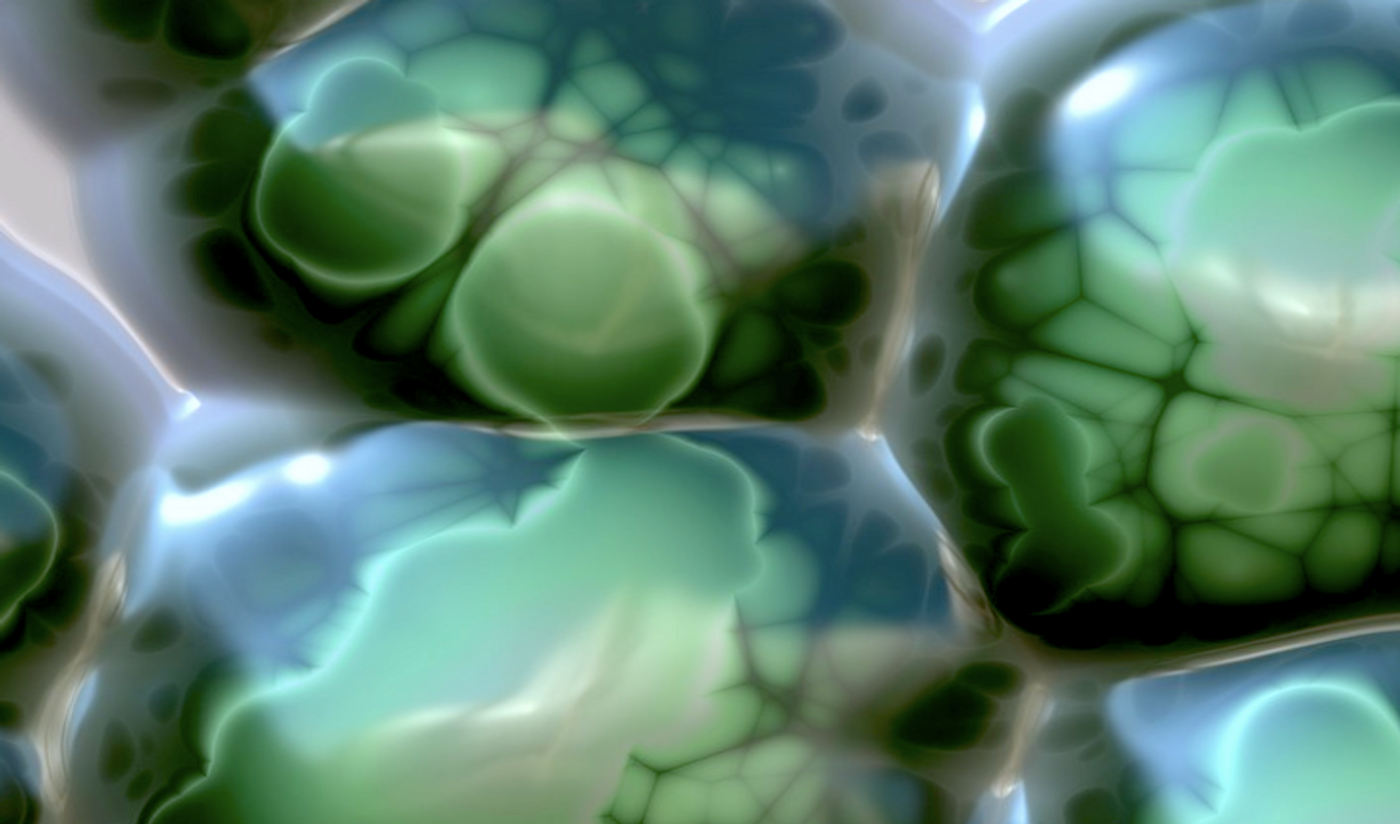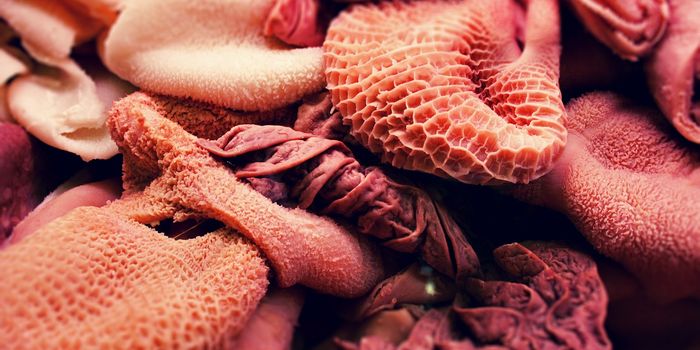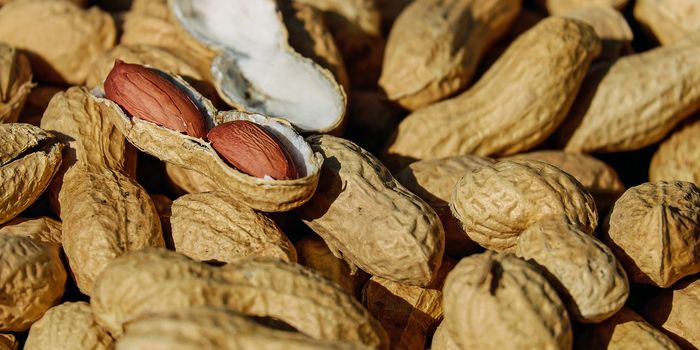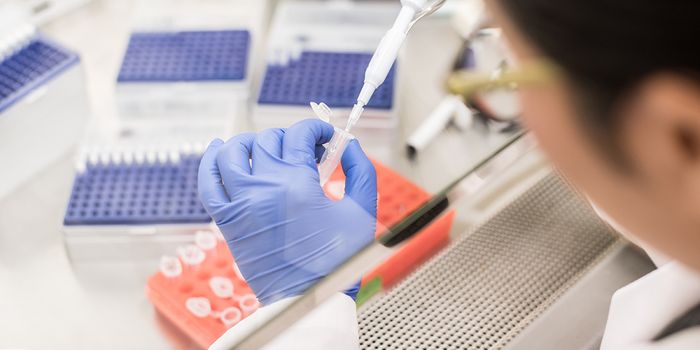Biofilms Can Alter Their Environment
Bacteria are everywhere, and so are the sticky, slimy communities they can form, called biofilms. These tough bacterial colonies can take on new properties compared with individual bacterial cells, are extremely difficult to remove, and can be resistant to antibiotics. They may grow on the surfaces of rocks, on your teeth, or on medical devices, among many other places, and they can become a serious problem in some cases. A new study has shown how biofilms can also influence their environments and alter their own characteristics to thrive in their habitat. The findings, which have been reported in Nature Physics, may help us control these tenacious growths.
"In the case of bacteria, they grow, divide, and apply forces to each other and their surroundings," said co-corresponding study author Sulin Zhang, a professor at Penn State. "As such, growing bacteria have the potential to shape the environment, changing the environment they live in, so we were interested in understanding the reciprocal interactions between the growing biofilm and environment where it grows."
In this study the investigators focused on biofilms created by a microbe called Vibrio cholerae. Biofilms often grow in confined spaces, so the researchers colonized the space in between a glass substrate and a soft hydrogel. The growth was imaged at the single cell level and assessed with a variety of computational tools.
Biofilms were found to affect their own shape, and also their boundaries with so-called "active nematics," in which molecules arrange themselves into parallel lines instead of layers. Biofilms utilize stresses caused by growth to shape the environment around them, creating a nematic structure, said co-corresponding study author Jing Yan, an assistant professor of molecular, cellular and developmental biology at Yale University.
"This takes us a lot closer to being able to control the morphology, the packing and ordering of the biofilm," noted Yan. Since biofilms are a serious problem in healthcare, this work could provide helpful insights into how to control biofilm growth.
A biofilm can be seen growing over the course of 20 hours in this video, credited to Jing Yan.
"What we've learned will aid in developing strategies to tackle these infections," said co-study author Changhao Li, a graduate student in computational mechanics at Penn State."The phenomena discovered here could lead to new strategies to suppress the growth of harmful biofilms and give us the ability to design and program beneficial ones."
Sources: Penn State, Nature Physics









